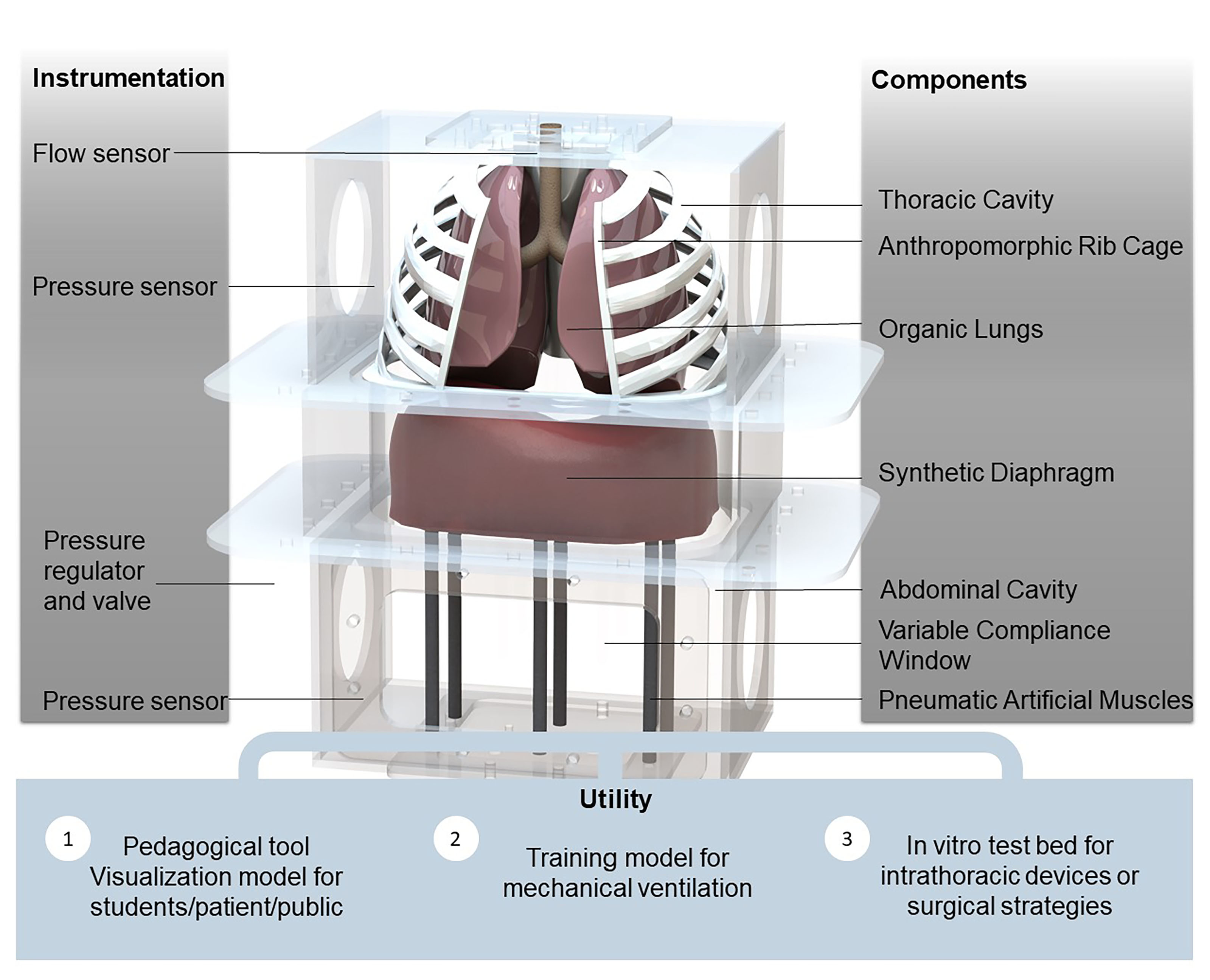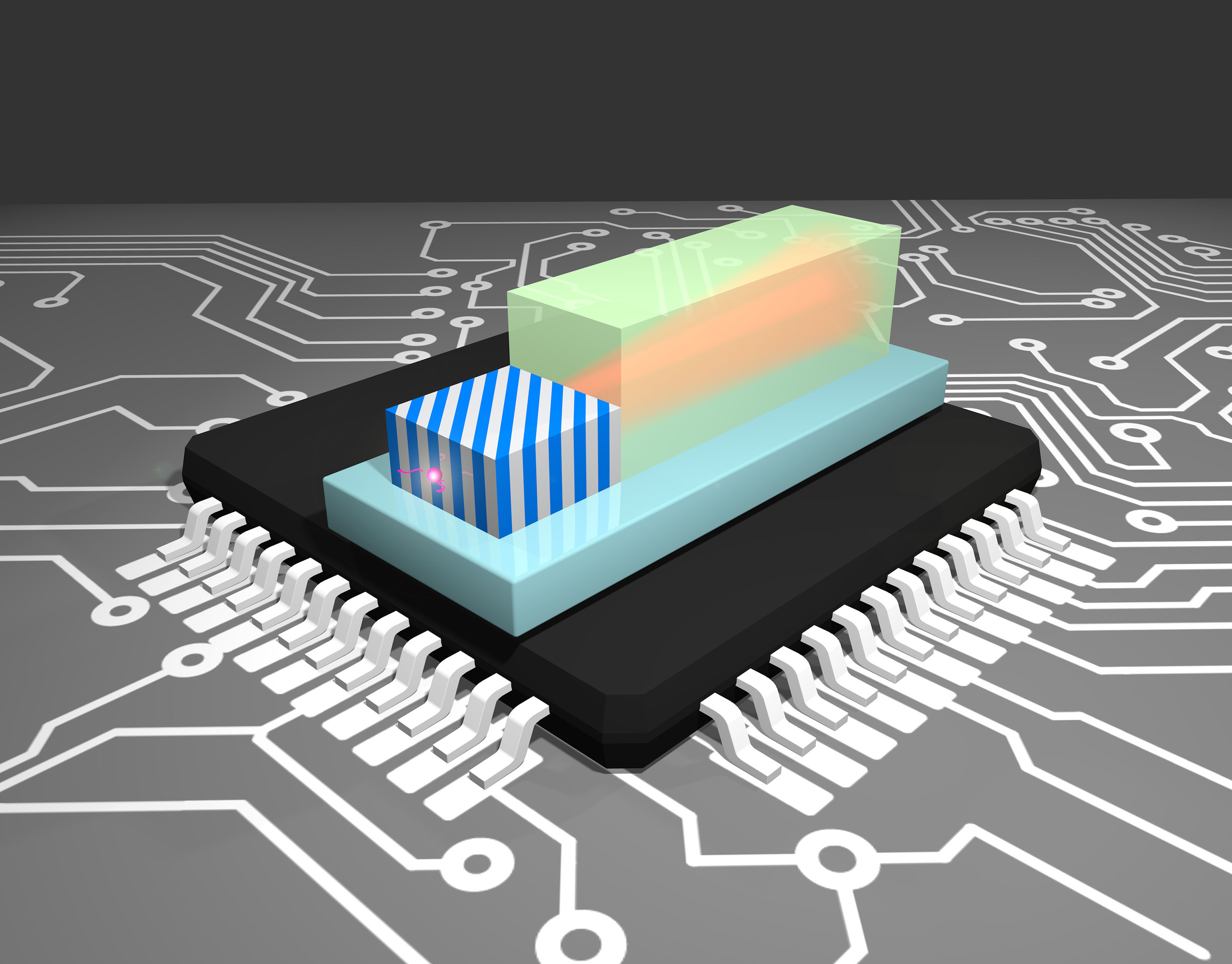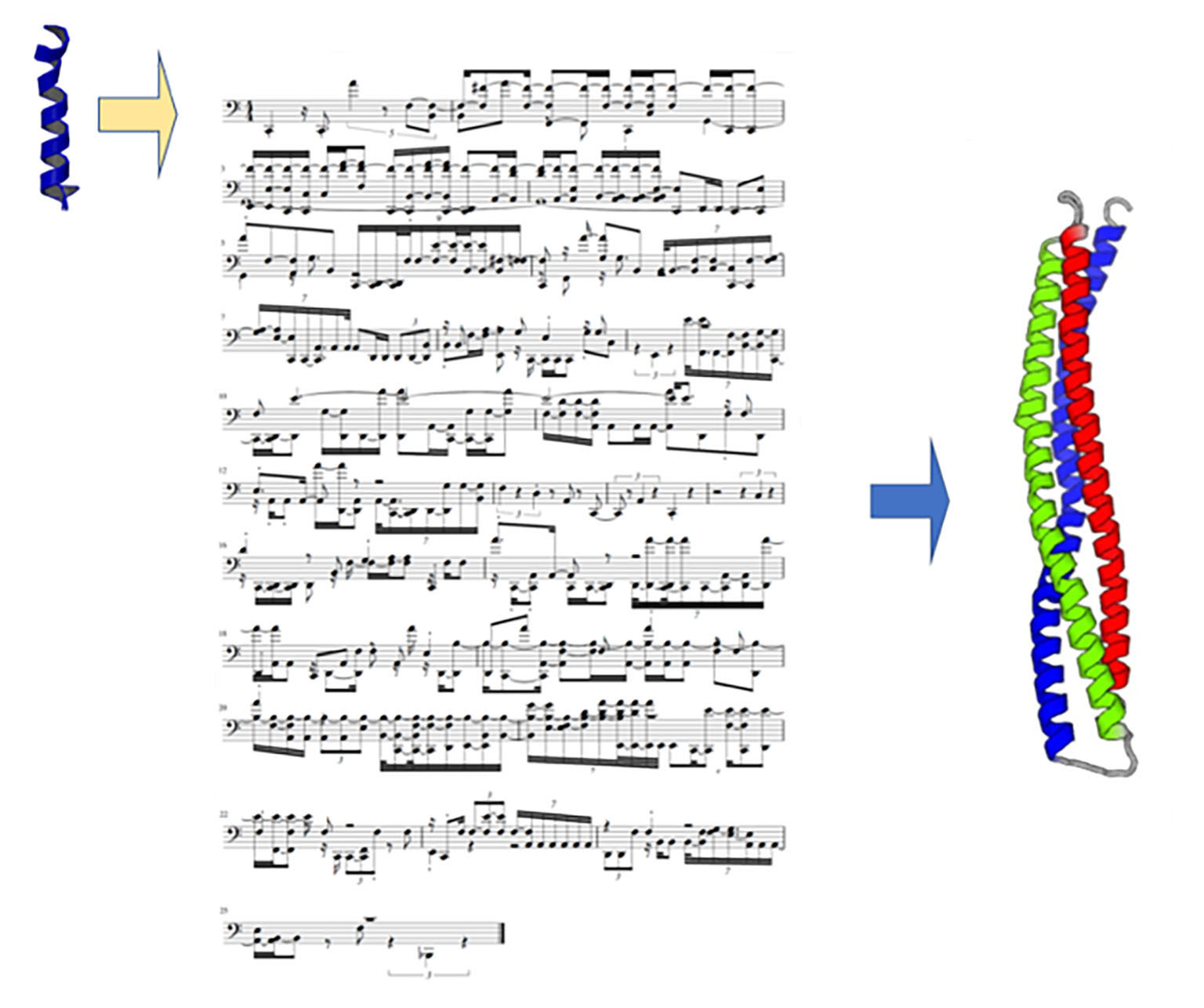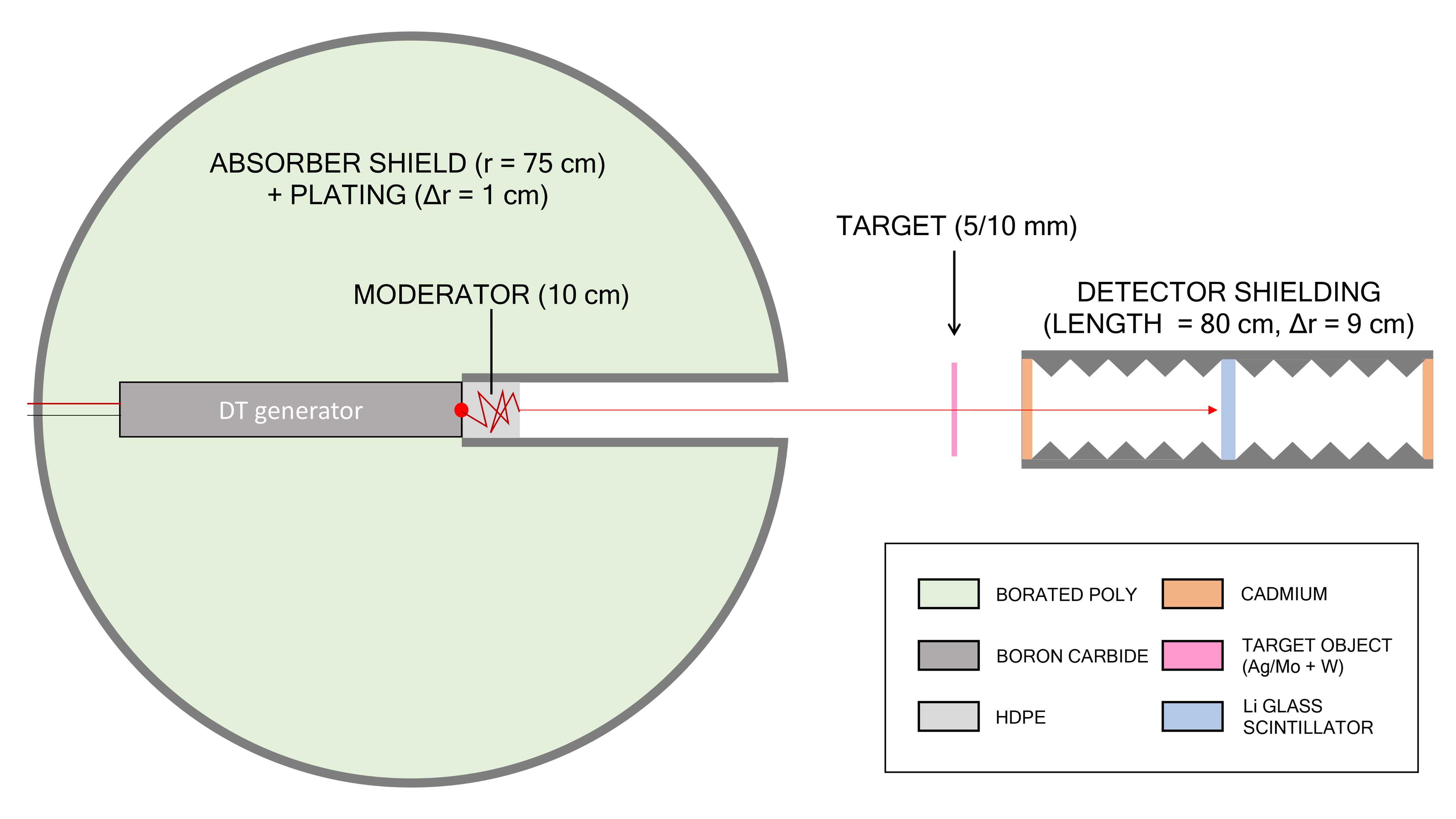AIP Publishing has selected Ian H. Hutchinson, a professor of nuclear science and engineering at MIT, as the recipient of its 2022 Ronald C. Davidson Award for Plasma Physics for his paper, “Electron holes in phase space: What they are and why they matter.” The annual award of $5,000 is presented in collaboration with the APS Division of Plasma Physics to recognize outstanding plasma physics research by a Physics of Plasmas author.
Tag: Massachusetts Institute Of Technology
AACI Welcomes New Member, Koch Institute for Integrative Cancer Research at MIT
The Association of American Cancer Institutes (AACI) welcomes its newest member, the Koch Institute for Integrative Cancer Research at MIT.
UCI-led team awarded $2.3 million by California Initiative to Advance Precision Medicine
Scientists have grown small amounts of self-organizing brain tissue, known as organoids, in a tiny 3D-printed system that allows observation while they grow and develop. The advance uses 3D printing to create a reusable and easily adjustable platform that costs only about $5 per unit to fabricate, and the design includes imaging wells for the growing organoids and microfluidic channels to provide a nutrient medium and preheating that supports tissue growth. The work is reported in Biomicrofluidics.

Biohybrid Model Uses Organic Lungs, Synthetic Muscles to Re-Create Respiration Mechanics
Discussed in APL Bioengineering, researchers created a high-fidelity respiratory simulator that accurately represents the interplay between the abdomen, diaphragm, lungs and pleural space, the fluid-filled membrane surrounding the thorax and lungs. The model, using swine lungs, soft robotic materials and artificial muscles, allows precise tuning of pressure in each part of the system, so specific disease conditions can be tested. It also proved extremely useful for testing ventilator-only respiration by removing the elastomeric diaphragm.

Broadband Enhancement Relies on Precise Tilt
If a photon source could be placed on a single chip and made to produce photons at a high rate, this could enable high-speed quantum communication or information processing. In Applied Physics Reviews, a simple on-chip photon source using a hyperbolic metamaterial is proposed, and investigators carried out calculations to show that a prototype arranged in a precise way can overcome problems of low efficiency and allow for high repetition rates for on-chip photon sources.

Composing New Proteins with Artificial Intelligence
Proteins are the building blocks of life and scientists have long studied how to improve them or design new ones. Traditionally, new proteins are created by mimicking existing proteins or manually editing their amino acids. This process is time-consuming, and it is difficult to predict the impact of changing an amino acid. In APL Bioengineering, researchers explore how to create new proteins by using machine learning to translate protein structures into musical scores, presenting an unusual way to translate physics concepts across domains.

A Quantum of Solid
Researchers in Austria use lasers to levitate and cool a glass nanoparticle into the quantum regime. Although it is trapped in a room temperature environment, the particle’s motion is solely governed by the laws of quantum physics. The team of scientists from the University of Vienna, the Austrian Academy of Sciences and the Massachusetts Institute of Technology (MIT) published their new study in the journal Science.

Smaller Detection Device Effective for Nuclear Treaty Verification, Archaeology Digs
Most nuclear data measurements are performed at accelerators large enough to occupy a geologic formation a kilometer wide. But a portable device that can reveal the composition of materials quickly on-site would greatly benefit cases such as in archaeology and nuclear arms treaty verification. Research published this week in AIP Advances used computational simulations to show that with the right geometric adjustments, it is possible to perform accurate neutron resonance transmission analysis in a device just 5 meters long.